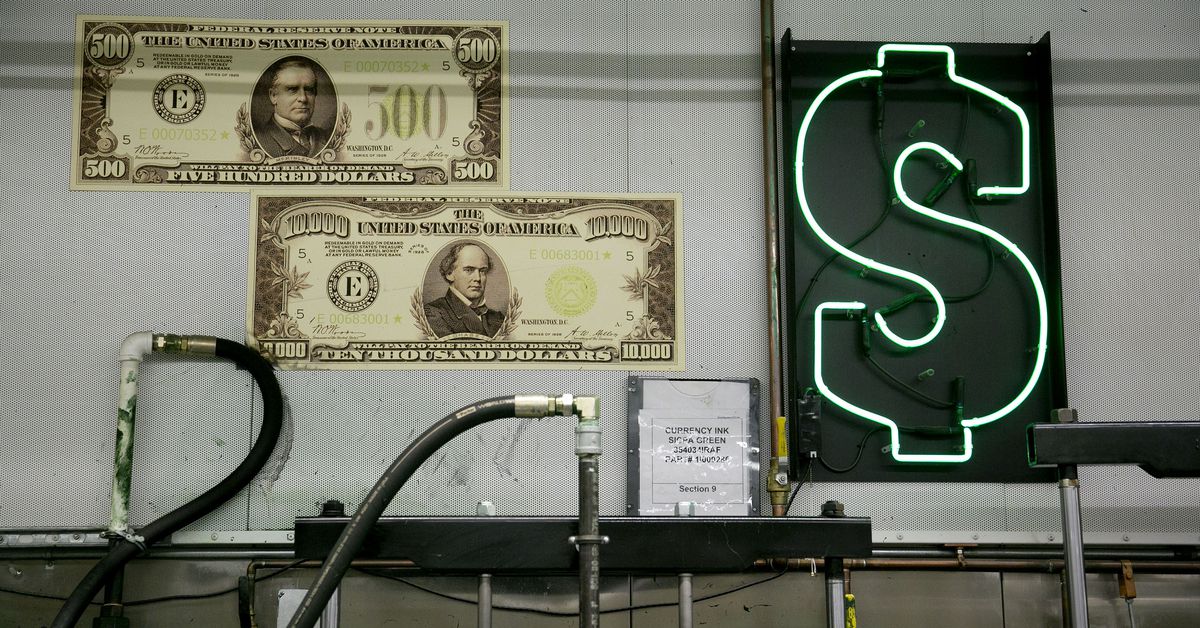A fair amount of news happened last week: The Federal Reserve announced it is still nowhere close to issuing a digital dollar and the U.S. House of Re
A fair amount of news happened last week: The Federal Reserve announced it is still nowhere close to issuing a digital dollar and the U.S. House of Representatives held a surprisingly substantive discussion around crypto’s energy impact.
You’re reading State of Crypto, a CoinDesk newsletter looking at the intersection of cryptocurrency and government. Click here to sign up for future editions.
Blockchain bucks
The narrative
The U.S. Federal Reserve finally published its central bank digital currency (CBDC) report! The long-awaited missive outlined the Fed’s chief questions about CBDCs and provided a window into its thinking on the issue.
Why it matters
The Fed is finally giving us a good look at how it’s approaching CBDCs. What’s more, the central bank wants the general public to weigh in.
Breaking it down
So, first off: I’m still not convinced the Fed actually wants to issue a central bank digital currency.
The Fed doesn’t commit one way or another on whether or not it wants to create a CBDC in the report published last week. This is no surprise. Fed Chair Jerome Powell has said as much on numerous occasions.
From this view, nothing in the report was really new. The Fed is looking at privacy issues, financial stability concerns, practical applications and whether there really is a need for a digital dollar. Powell has outlined these same questions in various confessional hearings.
In the Fed’s view, a hypothetical digital dollar would essentially be a digital analog to the current financial system, with the Fed issuing the currency but intermediaries giving retail users access.
“The Federal Reserve’s initial analysis suggests that a potential U.S. CBDC, if one were created, would best serve the needs of the United States by being privacy protected, intermediated, widely transferable, and identity verified. As noted above, however, the paper is not intended to advance a specific policy outcome and takes no position on the ultimate desirability of a U.S. CBDC,” the report said.
(It’s worth noting that this report is separate from what the Boston Fed and MIT might publish. That project is looking at technical bases for central bank digital currencies, rather than the policy questions around issuing one.)
Also, we didn’t learn that the Fed still really wants Congress to authorize a CBDC before it’ll take any action toward doing so. Again, we knew this. What’s more, even if Congress does authorize a digital dollar, the Fed announced that last week’s report is just the first step in a “broad consultation,” implying a lengthy outreach process.
Speaking of which, members of the public can weigh in before May 2022 if they so choose. The Fed has a list of 22 questions, and responses can be sent via a web portal.
Despite how much of this report wasn’t too new, a few details stood out.
The first is the Fed’s desire to play a role in guiding CBDC development elsewhere in the world.
“Irrespective of any ultimate conclusion, Federal Reserve staff will continue to play an active role in developing international standards for CBDCs,” the report said.
Part of this international coordination would be to help cross-border payments, per the report. But the real key here seems to be a desire to maintain the dollar hegemony within the global financial system.
“The dollar’s international role also allows the United States to influence standards for the global monetary system,” the report noted.
The Fed’s approach to privacy is also going to be a bit of a sticking point.
The central bank wants to make sure that a CBDC is transacted through entities with the proper know-your-customer (KYC) and anti-money laundering (AML) frameworks in place.
“A general-purpose CBDC would generate data about users’ financial transactions in the same ways that commercial bank and nonbank money generates such data today. In the intermediated CBDC model that the Federal Reserve would consider, intermediaries would address privacy concerns by leveraging existing tools,” the report said.
If this is indeed how the digital dollar is set up, it won’t be a perfect analog to the physical dollar. At least at the moment, it’s unclear whether there’s a way to transact without intermediaries, whereas I can give anyone cash without going through a KYC process. Digital dollar proponents will say that it should enable this sort of privacy.
And finally, as pointed out by my friend Michael McSweeney over at The Block, the report highlights existing private stablecoins, though it stops short of a detailed analysis on what role the Fed sees them playing in a world where the central bank has its own digital currency.
The report also mentions concerns about financial stability, a common one among regulators ever since this one social media giant announced plans to create a stablecoin.
Energy needs
Last week’s House Financial Services Committee on Energy and Commerce (Oversight and Investigations Subcommittee) hearing on crypto’s energy use was pretty interesting, to me at least….
www.coindesk.com
